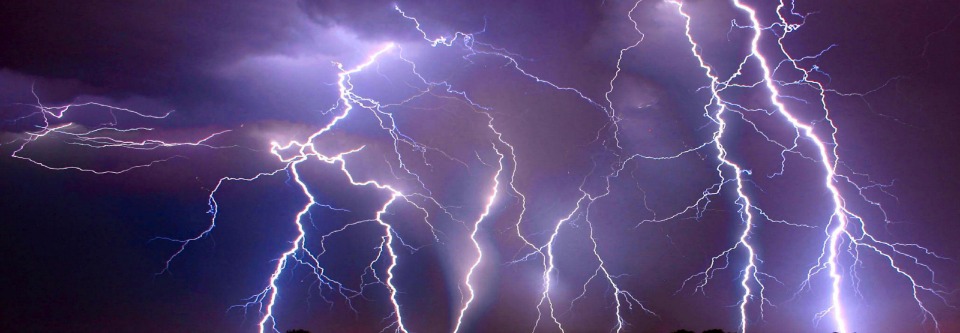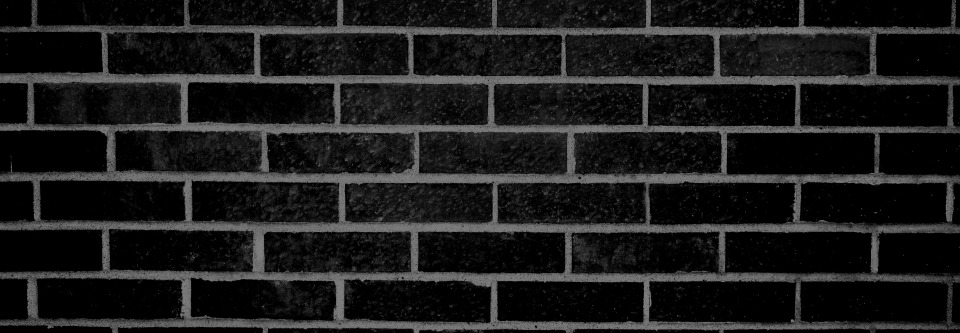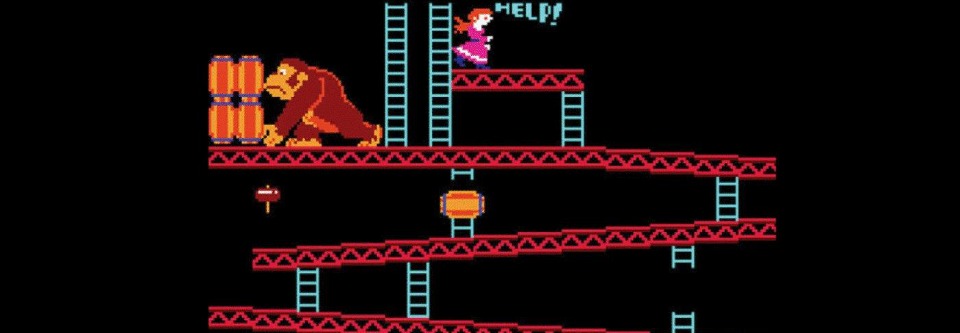Why We Should Be More Judgmental
Back in my days as a parish priest, I once gave a sermon (this one in fact, in audio even!). There’s a line in the sermon about how I found the spiritual vision laid out in the reading that day (on The Transfiguration of Jesus) both deeply inspirational and deeply disturbing. For the vision laid out in the text didn’t seem to me to be to be on great display in our world. I mentioned I felt sadness, grief, and anger at this state of affairs. It’s worth mentioning that I included myself in that description of having missed the mark. I was not pointing my finger at those evil sinners down there and assuming some self-righteous stance. Still I plainly spoke of my deep pain.
After the service, a woman came and shook my hand and said she was concerned for me given what I had said in the sermon. I mumbled something or other about how I was fine and that I was trying to put in a bit of an edge to shake people up–“comfort the afflicted and afflict the comforted” as the saying goes. This individual proceeded to say that from her perspective there was a continuum with judgment on one side and love on the other and the point of the exercise was to move towards love and move away from judgement.
I didn’t get into a long discussion with her at the time (there were plenty more hands to shake!) but reflecting on her words later I found them seriously flawed. It’s not my intention to single this individual person out because I’ve heard similar perspectives numerous times over the years both inside and outside church circles. In fact, her articulation of a continuum with judgment on the one side and love on the other was actually the clearest explanation of this view I think I’ve ever heard. I appreciate it’s clarity though I think it’s fantastically wrong. It’s a view that dominates our postmodern landscape and I think it’s one that deserves radical questioning. I think that view cripples us in serious ways emotionally and spiritually.
To simplify her outlook, we have this:
Judgment —– Love
With the intended direction supposed to be:
Judgment —> Love
When visualized this way, what do you notice?
Here’s what I notice:
- There can be no judgment in love. (Judgment and Love are mutually exclusive).
- All judgments are therefore lacking in love.
- Judgment is consequently an inherently negative thing.
- Which means there can never be a positive version of judgment.
I’d like to question all four of those assumptions. Why can’t there ever be judgment in love? Must all judgments inherently be without love? Is judgment always bad? Can’t there ever be positive, life-giving, wise judgment?
When it came to Love and Judgment, I would say my interlocutor had actually stumbled upon a polarity and not a continuum. I see Love and Judgment as mutually interacting and related to one another (more like the Yin/Yang symbol of Taoism) rather than opposition. I see them as complementary, paradoxically related, not antithetical.
Normally when we come to polarities in life, we tend to favor one side or the other. We choose light over dark. Or decide that some of our emotions are positive ones and others negative ones. We want the former and not the latter (and this is a big mistake).
In particularly bad cases, we may even seek to suppress one side of the polarity and thereby treat it not as a polarity but as a continuum (as this woman did in relation to Love and Judgment). When we see these as a polarity the idea is to move to embrace both sides. In this case we might start by asking questions like:
- In what ways are there positive judgments in this world?
- When an innocent person is brought to trial and the court finds the defendant innocent is that not a positive judgment?
- When an innocent person is found guilty is that not negative judgment (again implying there is positive judgment)?
Can you think of any other positive judgments?
Maybe a time in your life when you realized you were behaving in a way that was hurting you or others and decided this was wrong and took steps to heal the wounds caused and to act in a more life affirming manner?
(Not everything in life is a polarity by the way. Sometimes things are just plain wrong or destructive.)
Not so coincidentally others perceived this woman as at times arrogant, looking down her nose at them. When a voice like Judgment is suppressed–when one half of the polarity is disowned–then it comes out in unconscious and destructive ways. It was her unconscious judgment that was coming out. The problem was not that she had failed to move farther along the continuum away from judgment towards love. It was rather than in framing the issue that way she was always leaving parts of herself disowned (in this case judgment), parts that would express themselves in an unconscious manner.
Again this isn’t me slamming this woman but just pointing out what I think is a rather inevitable consequence of suppressing one half of this polarity: it doesn’t go away it just shows up in a really unhelpful ways.
The view she was advocating was one that is hugely dominant in liberal spiritual circles–that we should be non-judgmental and loving. I think non-judgmentalism is a flawed concept and virtue. Positively stated, I do believe we should be accepting–that we don’t want to stand in positions of moralistic self-righteous. Everyone is a human. We try our best. We fail. We make mistakes. We hurt each other. There’s no need to believe any of us are above all that.
But describing oneself as non-judgmental has the unintended consequence of making our judgments unconscious.
Awhile back I wrote a much longer, more involved piece on this same subject from a slightly different angle entitled: Can We Ever Truly Judge One Another? It generated a lot of feedback–some positive, much of it negative. A good friend suggested that had I used the word discernment rather than judgment I wouldn’t have received any critical comments. I think she was right. While I highly value discernment, I don’t believe discernment is equivalent to judgment. They are closely related but I believe slightly distinct.
Discernment involves sifting through one’s desires to locate the truest, holiest motivation lying within one–a key to finding one’s soul purpose or calling. Discernment also includes learning about the dark and unhealthy sides of one’s desires. Discernment is about individually and collectively reading the signs around us and figuring out a best next step, a best way forward.
It’s true then to say that discernment is a kind of judgment–it’s (healthy) judgment in relation to questions of one’s calling as well as the common good.
But the question I have is what about judgment more broadly?
A point I noted in my earlier piece was that in my experience (speaking generally) marginalized and oppressed peoples do not seem to have the negative associations with the word judgment that privileged peoples do. The marginalized and oppressed actually seemed to embrace judgment because for them judgment means the wrongs they experience are going to be righted. This narrative is especially true in The Bible.
I think for all the talk about being non-judgmental as a great value among well to do North Americans, it’s really fear of having to look into the ways in which we benefit from unjust systems and situations. If we really honed up to judgment, the judgment would probably be on us. Non-judgmentalism as a value often says far less about our supposed ethical love and care, and far more about what we don’t want to come to light.
What I’m not trying to do here is revive some fire and brimstone old-timey religion based on guilt, freaking people the hell out. Of course there are all kinds of destructive judgment: prejudices against people based on age, body size, gender identity, sexual orientation, economic class, ethnic makeup, national or cultural heritage, on and on. What kind of music you listen to (or don’t), what kind of clothes you wear (or don’t), what political party you support (or don’t), the list is endless.
Those are wrong. But please notice in saying that I’m exercising judgment–wise and loving judgment I believe.
Non-judgmentalism is very much like tolerance (another word I’m not a big fan of particularly). Why should I tolerate injustice or cruelty? Why should I tolerate abuse? Why should any of us tolerate those things? That’s different than saying I should despise or seek pain on those who do such things. It’s not intolerance of their personhood I think we should embrace, but rather intolerance of attitudes, actions, and ways of being that are dehumanizing.
In that way, I advocate that we should all be much more conscious and upfront about our judgments. We should be more intolerant, not less. We should seek to hone and sharpen our judgments, not dull them with talk of love and being non-judgmental.
I actually think the polarity is not between Love and Judgment but rather between Mercy and Judgment–Love being the union of (wise) Mercy and Judgment. Mercy is what reminds us that we are all human, full of pains and sorrows, imperfect, and act in ways that harm ourselves and others–as well as we don’t do things that would benefit and heal ourselves and others. Judgment is what holds us to account in love–mercy is forgiveness not getting off the hook. Love is the Warm Presence of Being Herself. Love teaches us the nature of reality herself–Mercy and Judgment teach us how concretely to relate to her properly.
Archbishop Desmond Tutu, one of the great critics of apartheid in South Africa, led The Truth and Reconciliation Commission after apartheid ended. Notice that the emphasis is on Truth first and then Reconciliation. No deep and lasting peace or reconciliation is possible without first truth. As Jesus said, “The truth shall set you free.” [That’s a judgment from Jesus!]
Truth in the context of anti-apartheid meant the truth of the dehumanization and evil of the apartheid system. Showing that this entire thing called apartheid was wrong and led otherwise well-intentioned people to do awful things. The truth also involved the recognition of how everyone was hurt: the oppressors and the oppressed (though certainly not in equal measure). Everyone was dehumanized from apartheid not just the obvious victims of persecution.
Truth and Reconciliation are for me basically interchangeable words for Judgment and Mercy. It could have been called The Judgement and Mercy Commission but Truth and Reconciliation I think has a better ring to it. But it’s the same basic principle. It’s not just saying sorry and offering forgiveness (Reconciliation, Mercy) without clearly annunciating the violence that was done (Judgment, Truth). It’s not simply articulating all the wrongs (Judgment, Truth) and then wanting revenge. It’s articulating all the wrongs (Judgment, Truth), then forgiving them (Mercy, Reconciliation)–saying these evils will no longer have power over us.
Truth and Reconciliation. (Wise, Loving) Judgment and Mercy.
Judgement in this regard is very close to, if not identical, to healthy shame (a subject I’ve written on here and here). The judgment we’re speaking of here is judgment as to actions, attitudes, and beliefs that are causing pain and desecrating life. It’s not a judgment of any human being as to their essence, their humanness. It’s not moralizing. It’s not sneering. It’s not us versus them. It’s radical and deep humility. It’s powerful but also loving. It’s not a license to start blasting people. It’s a call to serious maturity.
The first piece I wrote for this site is about deep hospitality and welcome as an abiding spiritual practice. That includes judgment. Br. Judgment needs to be welcomed into the family for he’s been marginalized for far too long. When he’s welcomed, then he will offer his wisdom of clarity, insight, and clean power. He will then come into relationship his sister Mercy and together they will form Love.
Understood rightly, the path of owning our judgments, is the path to greater Love.
















